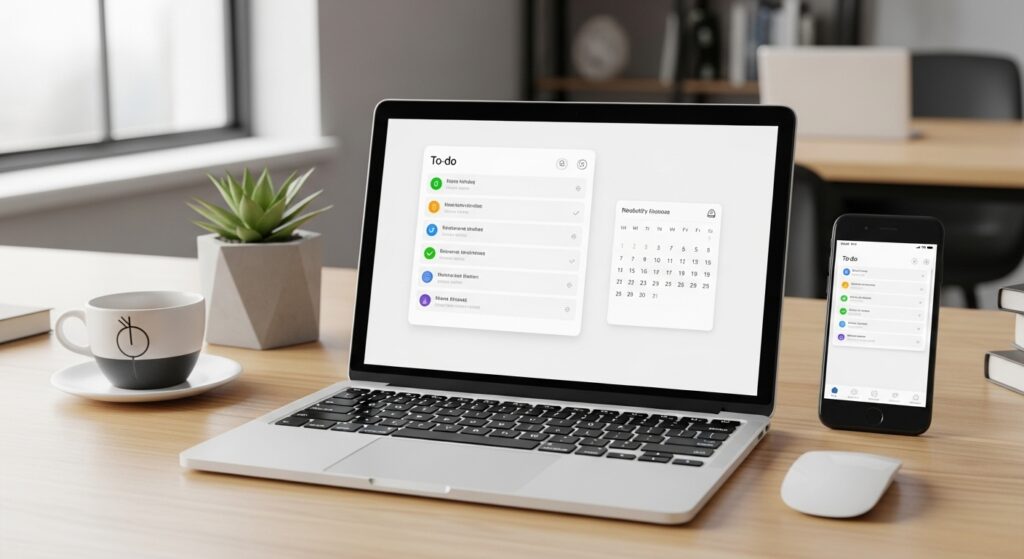Productivity apps promise to help you work smarter, stay organized, and achieve more in less time. But with thousands of options available—from task managers to note-taking tools—many people end up downloading more apps than they actually use. The result? Digital clutter that works against productivity instead of boosting it. The key is to choose the right apps and use them intentionally, turning them into real allies in your daily workflow.
Why Productivity Apps Can Boost Efficiency
When used correctly, productivity apps can:
- Centralize your tasks, notes, and schedules.
- Automate repetitive processes.
- Help you prioritize and track your progress.
- Reduce mental load by storing information outside your head.
The problem isn’t the apps—it’s using them without a clear system.
Step 1: Identify Your Productivity Needs
Before downloading another tool, ask yourself:
- Do I need help organizing tasks, managing time, or tracking projects?
- Am I looking for collaboration tools or personal workflow support?
- Do I prefer something simple and minimal or feature-rich?
Clarity about your needs will help you choose tools that actually fit your workflow instead of creating more work.
Step 2: Choose Quality Over Quantity
It’s tempting to try every new app you hear about, but using too many can create more confusion. Instead:
- Limit yourself to one main tool for each purpose (e.g., one task manager, one note-taking app).
- Choose apps with strong integration capabilities so they work well together.
- Read reviews and test free versions before committing.
Step 3: Master the Basics Before Adding Features
Many people never get the full benefit of their apps because they don’t learn how to use them properly. Take the time to:
- Watch tutorials.
- Explore shortcuts and automation options.
- Learn how to customize views and notifications to match your workflow.
The better you understand the tool, the more value you’ll get from it.
Step 4: Sync Across Devices
A productivity app is most powerful when it’s accessible wherever you are. Enable syncing so your updates appear instantly on your phone, tablet, and computer. This ensures you can capture ideas or check tasks anytime.
Step 5: Automate Where Possible
Some apps allow you to set recurring tasks, create templates, or integrate with automation tools like Zapier or IFTTT. Even small automations—like automatically sending meeting notes to your email—can save you significant time over weeks and months.
Step 6: Regularly Review and Declutter
Just like your physical workspace, your digital tools need maintenance. Once a month:
- Archive completed projects.
- Remove outdated tasks.
- Review whether each app is still serving you.
- Delete apps that you no longer use.
This keeps your digital environment clean and easy to navigate.
Step 7: Avoid App-Hopping
Switching apps frequently in search of the “perfect” one wastes time and disrupts your habits. Commit to using a chosen app for at least a month before deciding whether it works for you.
Examples of Popular Productivity Apps
- Task management: Todoist, Microsoft To Do, Asana, Trello.
- Note-taking: Notion, Evernote, OneNote.
- Time tracking: Toggl, Clockify.
- Focus tools: Forest, Freedom.
Remember, the “best” app is the one that you’ll actually use consistently.
Final Thoughts: Make Apps Work for You, Not the Other Way Around
Productivity apps are like gym memberships—they only work if you use them. By choosing tools that match your needs, mastering their features, and keeping your digital space organized, you can make technology a true partner in your productivity journey.












